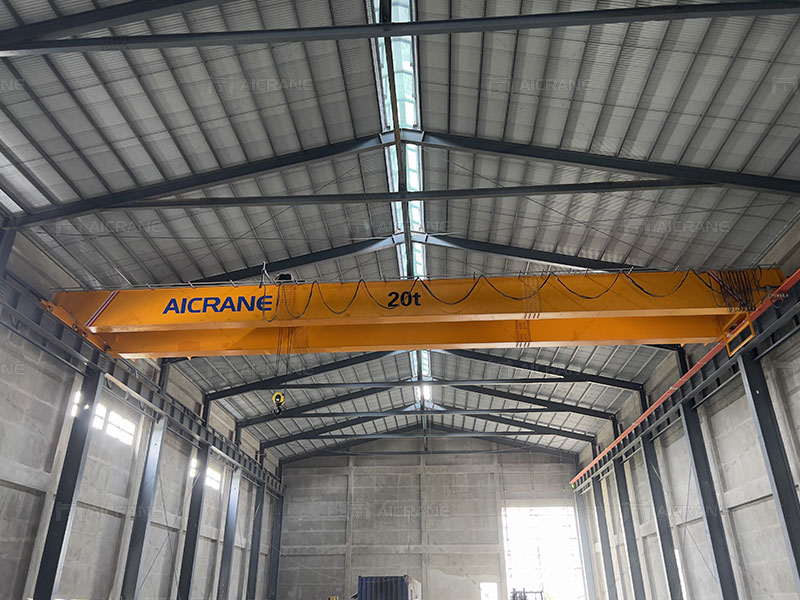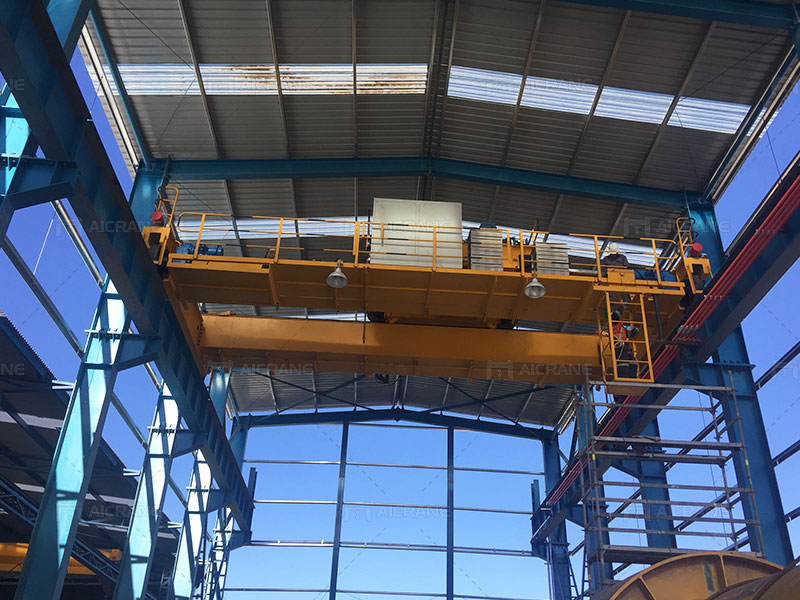Purchasing overhead cranes is a significant investment for any business involved in material handling, manufacturing, or heavy-duty lifting. Understanding seasonal trends can help businesses make informed decisions on when to invest in new equipment. This article explores the best times to purchase overhead cranes, considering factors such as demand, pricing, availability, and economic conditions.

Understanding Overhead Cranes and Their Applications
Overhead cranes are essential lifting equipment in many industries, including manufacturing, construction, automotive, and warehousing. They come in various types, such as single girder, double girder, and gantry cranes, each designed to meet specific lifting requirements. Overhead cranes facilitate the safe and efficient movement of heavy loads within a defined area, enhancing productivity and operational efficiency.
Given the critical role of Aicrane overhead cranes in industrial operations, purchasing the right crane at the right time is crucial. Seasonal trends significantly influence the pricing, availability, and delivery times of these cranes. Understanding these trends can help businesses plan their purchases more effectively.
Factors Influencing Seasonal Trends in Overhead Crane Purchases
Demand Fluctuations:
Demand for overhead cranes varies throughout the year, influenced by factors such as construction cycles, industrial activity, and economic conditions. Typically, demand peaks during the spring and summer months when construction and manufacturing activities are at their highest. Conversely, demand tends to decline in the winter months, especially in regions with harsh weather conditions.
Manufacturer Production Schedules:
Overhead crane manufacturers often have production schedules that align with demand cycles. During peak demand periods, manufacturers may have longer lead times, and overhead crane prices may increase due to limited supply. Conversely, in low-demand seasons, manufacturers may offer discounts, promotions, or faster delivery times to attract buyers and keep their production lines running.
Budget Cycles and Capital Expenditures:
Many businesses have specific budget cycles, often aligned with the fiscal year. As the fiscal year-end approaches, companies may rush to utilize their remaining budget, leading to a spike in purchases. On the other hand, the beginning of a new fiscal year can also see increased activity as businesses have new capital expenditure allocations.
Economic Conditions:
Economic conditions play a crucial role in determining the best time to purchase overhead cranes. During economic downturns, demand for capital equipment like cranes may decline, leading to more favorable pricing. Conversely, during periods of economic growth, demand and prices may rise.

Best Times to Purchase Overhead Cranes
Late Winter to Early Spring:
Late winter to early spring is often considered one of the best times to purchase overhead cranes. During this period, demand is generally lower due to the impact of winter on construction and industrial activities, particularly in colder regions. Manufacturers may have excess inventory and offer discounts to attract buyers. Additionally, businesses preparing for the busy spring and summer seasons may find it advantageous to invest in new eot cranes during this time to ensure they are ready for increased production.
End of the Fiscal Year:
As businesses approach the end of their fiscal year, they may look to utilize remaining budgets. Manufacturers and suppliers often take advantage of this period by offering special deals, discounts, or financing options to encourage purchases. For buyers, this can be an excellent opportunity to acquire overhead cranes at reduced prices or with favorable payment terms.
Mid-Summer:
Mid-summer is another favorable time to purchase overhead cranes. Although demand is generally high during this period, manufacturers are often operating at full capacity, leading to economies of scale. As a result, buyers may benefit from competitive pricing, especially for standard crane models with shorter lead times. Additionally, businesses that purchase cranes mid-summer can ensure their equipment is installed and operational before the peak demand season in the fall.
End of the Calendar Year:
The end of the calendar year is also a strategic time to purchase overhead cranes. Many businesses aim to finalize capital expenditures before the year ends, creating a surge in demand. However, manufacturers often counter this with year-end promotions, discounts, or incentives to clear inventory and meet annual sales targets. Buyers can take advantage of these offers to secure overhead cranes at reduced prices.
During Economic Downturns or Off-Season Periods:
Economic downturns or off-season periods, such as winter in certain regions, present unique opportunities for purchasing overhead cranes. During these times, demand is typically low, and manufacturers may offer significant discounts to maintain cash flow. Businesses with the financial capacity to invest during downturns can benefit from reduced prices, better payment terms, and quicker delivery times.
Tips for Purchasing Overhead Cranes Based on Seasonal Trends
Plan Ahead:
Businesses should plan their crane purchases well in advance, considering lead times, installation schedules, and operational needs. Planning ahead allows companies to take advantage of seasonal discounts and promotions without compromising on delivery or installation timelines.
Monitor Market Trends:
Staying informed about market trends, economic conditions, and industry forecasts can help businesses make informed decisions about when to purchase overhead cranes. Understanding these trends can help buyers anticipate price changes and negotiate better deals with suppliers.
Consider Customization Requirements:
Custom overhead cranes may have longer lead times due to design and manufacturing requirements. Buyers interested in customized solutions should consider placing orders during off-peak seasons to avoid delays and ensure timely delivery.
Negotiate with Suppliers:
Seasonal trends can provide leverage for buyers to negotiate better prices, payment terms, or additional services such as extended warranties or maintenance packages. Building strong relationships with suppliers can also lead to long-term benefits and more favorable purchasing conditions.
Evaluate Financing Options:
Many crane manufacturers and suppliers offer flexible financing options, especially during low-demand periods. Buyers should explore these options to manage cash flow more effectively while acquiring the necessary equipment.
Conclusion
Understanding seasonal trends is crucial for businesses looking to purchase overhead cranes. By timing their purchases strategically, businesses can take advantage of lower prices, shorter lead times, and better financing options. Whether buying at the end of the fiscal year, during economic downturns, or in off-peak seasons, planning and market awareness are key to making the most cost-effective and timely investments in overhead crane equipment.